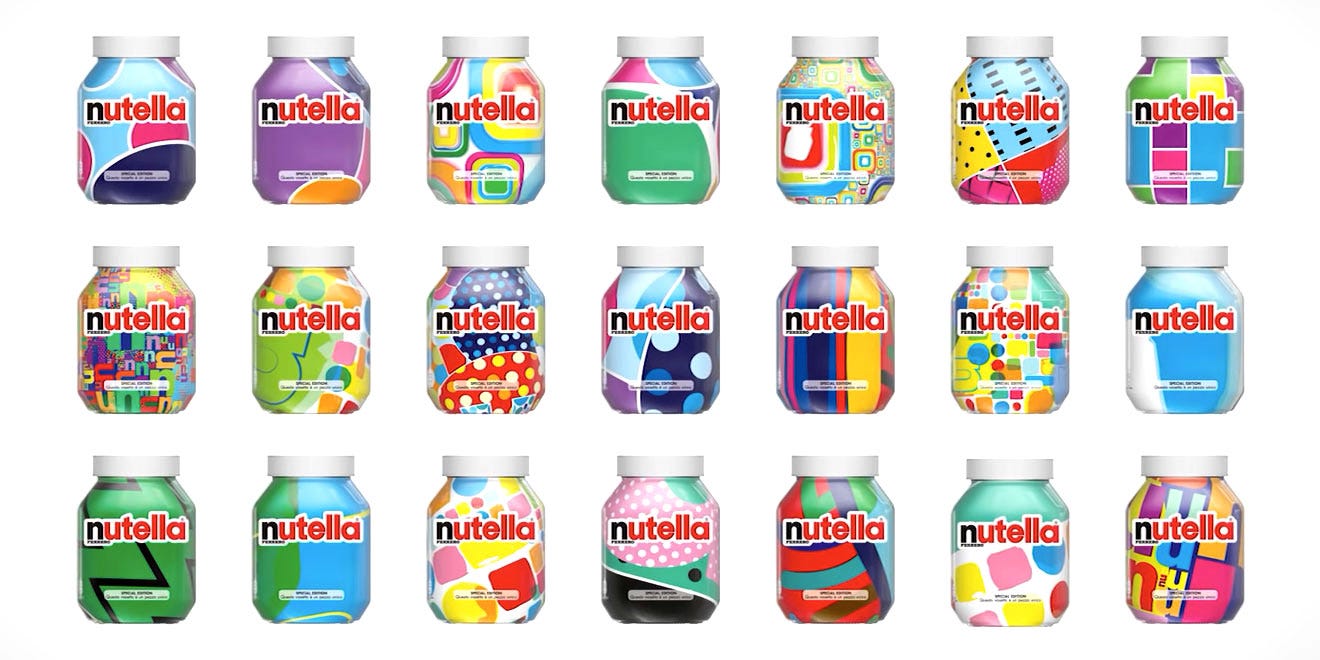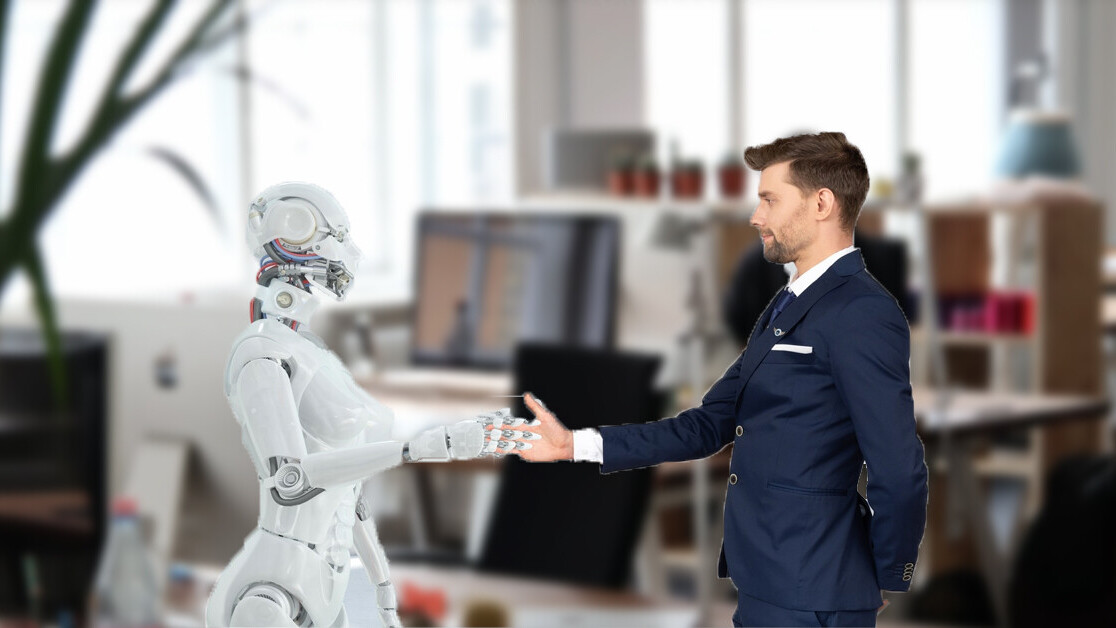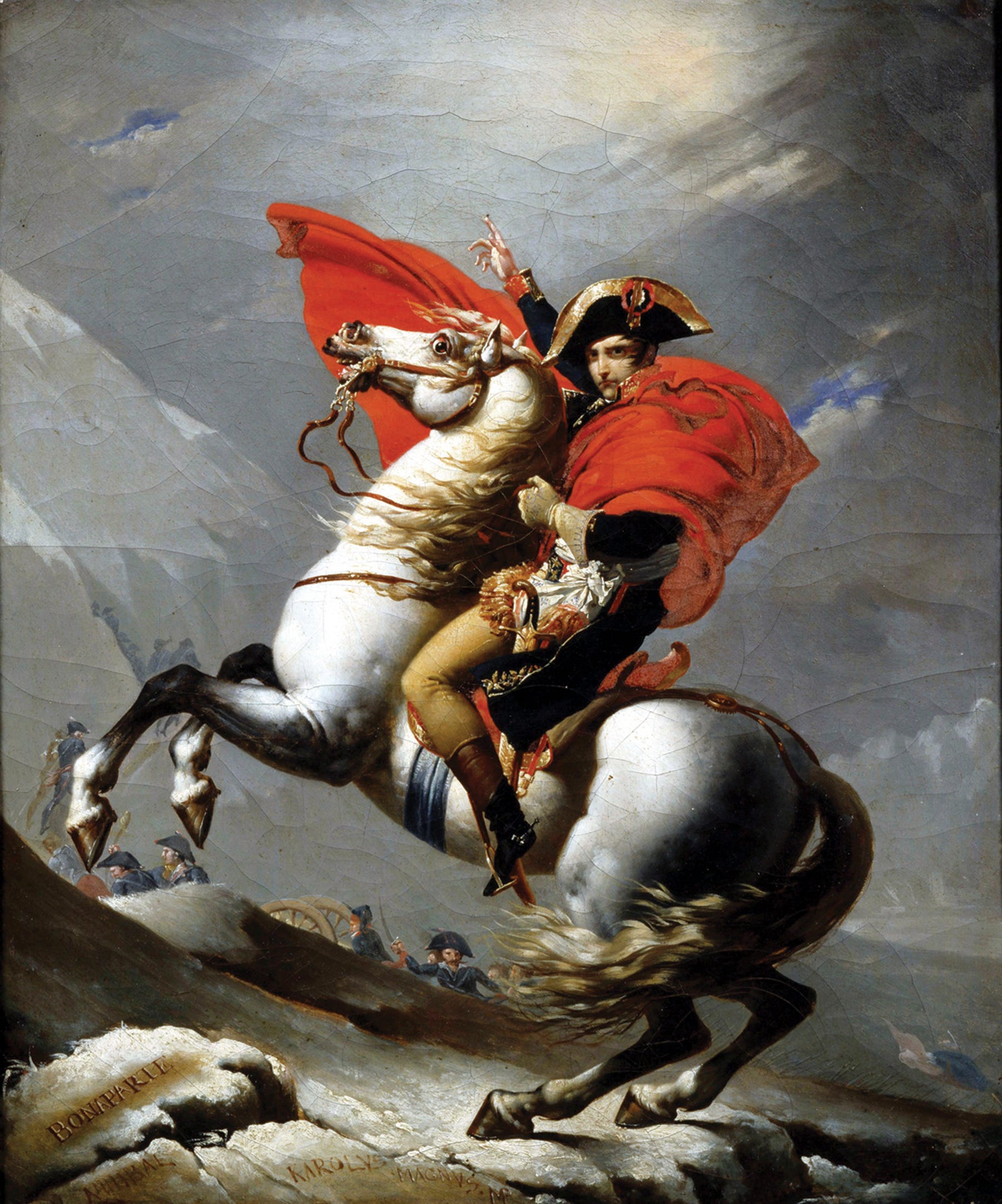Did you know TNW Conference has a track fully dedicated to exploring new design trends this year? Check out the full ‘Sprint’ program here.
“Our intelligence is what makes us human, and AI is an extension of that quality.” ― Yann LeCun
The human species has performed incredible feats of ingenuity. We have created beautiful sculptures from a single block of marble, written enchanting sonnets that have stood for centuries and landed a craft on the face of a distant rock orbiting our planet. It is sobering then to think, that what separates us from our close, albeit far less superior cousins the chimpanzee, is a 4–5% difference in our genomes.
I propose to you, however, that nature’s insatiable thirst for balance has ultimately led us to create a potential rival to our dominance as a species on this planet…Artificial Intelligence. The pertinent question then becomes, what aspects of our infamous ingenuity will AI augment, and perhaps ultimately surpass?
What is AI & Machine Learning?
Essentially what some really smart people out there are trying to achieve, is a computer system that emulates human intelligence. This is the ability to make decisions that maximize the chance of the system achieving its goals. Even more important is the ability of the system to learn and evolve.
To achieve this, every system needs a starting point – massive amounts of data. For example, in order to train a computer system to tell the difference between a cat and a dog, you would have to feed it with thousands of images of cats and dogs.
Read: [AI will never replace good old human creativity]
What is creativity?
“Creativity is seeing what everyone else saw, and thinking what no one else thought” ― Albert Einstein
I’ve heard many people say a computer system could never be creative, and that to create art, music, or an ad campaign, one needs to feel, have a soul, and a lifetime of experiences to draw from.
Having spent over a decade in the advertising industry, I can confidently say that the best creatives I have seen, were usually the ones with the most exposure. The more you have seen, traveled or experienced, the more creative you tend to be.
Creativity is about challenging the norm, thinking differently, being the square pegs in the round holes, and evoking specific emotions in your audience. So how difficult can that be for AI to achieve? It certainly seems that in today’s world, creativity is actually very arbitrary. Why? Because both this…

and this…
are considered valuable works of art.
The current state of AI vs Creatives
“Creativity is intelligence having fun.” – Albert Einstein
The world of advertising is no stranger to AI. Many award-winning campaigns like The Next Rembrandt have used it to illustrate what machine learning can do when pointed in the right direction.
Publicis Groupe is attempting to create a platform that connects creatives in their global network by providing them with a powerful AI-driven data engine.
Various design tools are already leveraging the power of AI to achieve some astonishing results. AI is also being used to automate various mundane tasks like creating design variations. This then allows designers to focus on the creative, problem solving aspects of the design process. Nutella famously created 7 million one-of-a-kind variations of their labels using AI.

Product design & the creative process
The product design process has been distilled into the above six steps, with the focus always on a user-centred approach. Now let’s deep dive into this process and see if AI could fundamentally perform any of these tasks.
Research
Research is not only about combing through data, but also knowing where to find that data. This is where human UX researchers are somewhat limited. AI is vastly superior when it comes to processing information. A doctor can make a single diagnosis every 10 minutes, where an AI system can make millions in that same time.
It stands to reason that a machine learning algorithm could perform research and data gathering functions much faster and thus more cost effectively than a human could.
SCORE: Robot (1) — Human (0)
Empathize
In Design Thinking, empathy is, as explained in IDEO’s Human-Centred Design Toolkit, a “deep understanding of the problems and realities of the people you are designing for” — interaction-design.org
Data can never show the true nature of what drives us…of what makes us individuals. This idea is tackled by Wunderman South Africa in their More Than Data campaign for Investec Private bank.
“Data can know what you did last month, but it can never truly know why”
Empathy is the art of putting yourself in another’s shoes. Unlike research and data which looks at the facts, empathy attempts to get to the core of why people make these decisions. Data can know what you did last month, but it can never truly know why. The ‘why’ is what makes us who we are, and it’s in understanding these factors that a product designer can begin to make deeper, informed decisions. Can AI do this? Not at the moment, as the status quo is “it takes one to know one.”
SCORE: Robot (1) — Human (1)
Defining the problem
The research is done, and we know not only what people do, but also why they do it. What’s next is to define the problem, in order to hone in on what issues our product needs to solve. This exercise is all about looking at the results of the previous two steps, and finding the golden thread that runs through them. I’m sure by now you can see that when it comes to processing data and connecting the dots, AI wins every time.
SCORE: Robot (2)— Human (1)
Ideate

This is where it gets tricky. On the surface one can say that AI has not matured to the place where it can ideate and create solutions for problems faced in the real world. This is where creativity comes in…by thinking what no one else thought, after seeing what everyone else saw. This sounds like a reasonable sentiment until you realize that what humans see and experience is a fraction of reality. We are constrained by our own mortality and humanity. AI, on the other hand, has no such limitations.
User Experience designers can attest that there is rarely a problem faced in the product design world that has not already been solved elsewhere. One simply has to surface the solution through research and study. Mark Twain put it this way…
“There is no such thing as a new idea. It is impossible. We simply take a lot of old ideas and put them into a sort of mental kaleidoscope. We give them a turn and they make new and curious combinations. We keep on turning and making new combinations indefinitely; but they are the same old pieces of colored glass that have been in use through all the ages.”― Mark Twain
So, what do you do if you have a problem, and need to see if there has ever been a solution to it? What do you do if you have a problem and want to find every possible solution for it in a reasonable amount of time? Can a human perform this function better than a computer system can? Can a human ideate and come up with solutions that billions of humans before have not already thought of? I don’t think so. AI wins again.
SCORE: Robot (3)— Human (1)
Automate & Test
This is where things get mechanical. Creating prototypes and validating design decisions through usability testing is something AI is already doing to some degree. Companies like AirBnb have developed inhouse AI engines that can take a design as simple as a sketch and generate working prototypes.
As design tools like Sketch and Figma become more advanced, machine learning will make it possible to automate the design of digital products. We already find that there are established UX patterns that have been documented. Is it a stretch to imagine that in the near future, product design can be automated based on these sound principles? It is not only logical, but ultimately inevitable.
SCORE: Robot (5)— Human (1)
The conclusion?
“As a technologist, I see how AI and the fourth industrial revolution will impact every aspect of people’s lives.” ― Fei-Fei Li
So, there it is. Five out of the six steps in product design can be done using machine learning computer systems. Some of these concepts are achievable even with today’s advancements in the technology. We are concerned that intelligent computers will take over the world, when in fact computers are not that smart and have already taken over the world.
So, should we be scared? No, I don’t think fear is the appropriate response. Rather, we must be prepared. Accept the inevitable and prepare for it. Pivot your career to a place where AI will not replace but rather compliment your human function.
Get the TNW newsletter
Get the most important tech news in your inbox each week.







